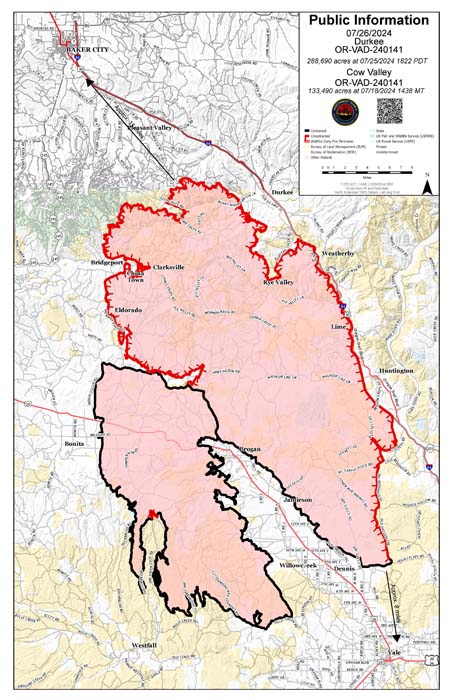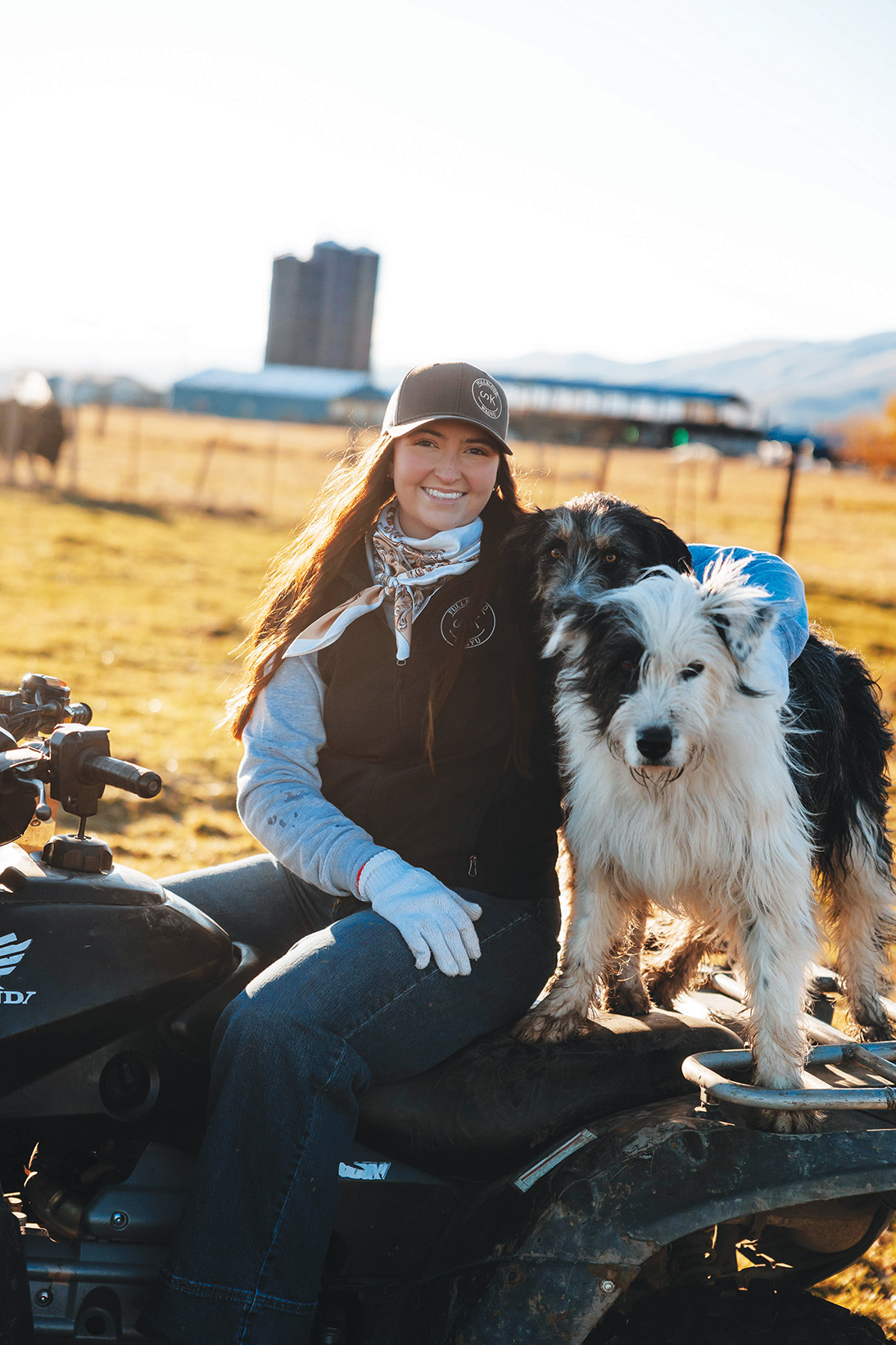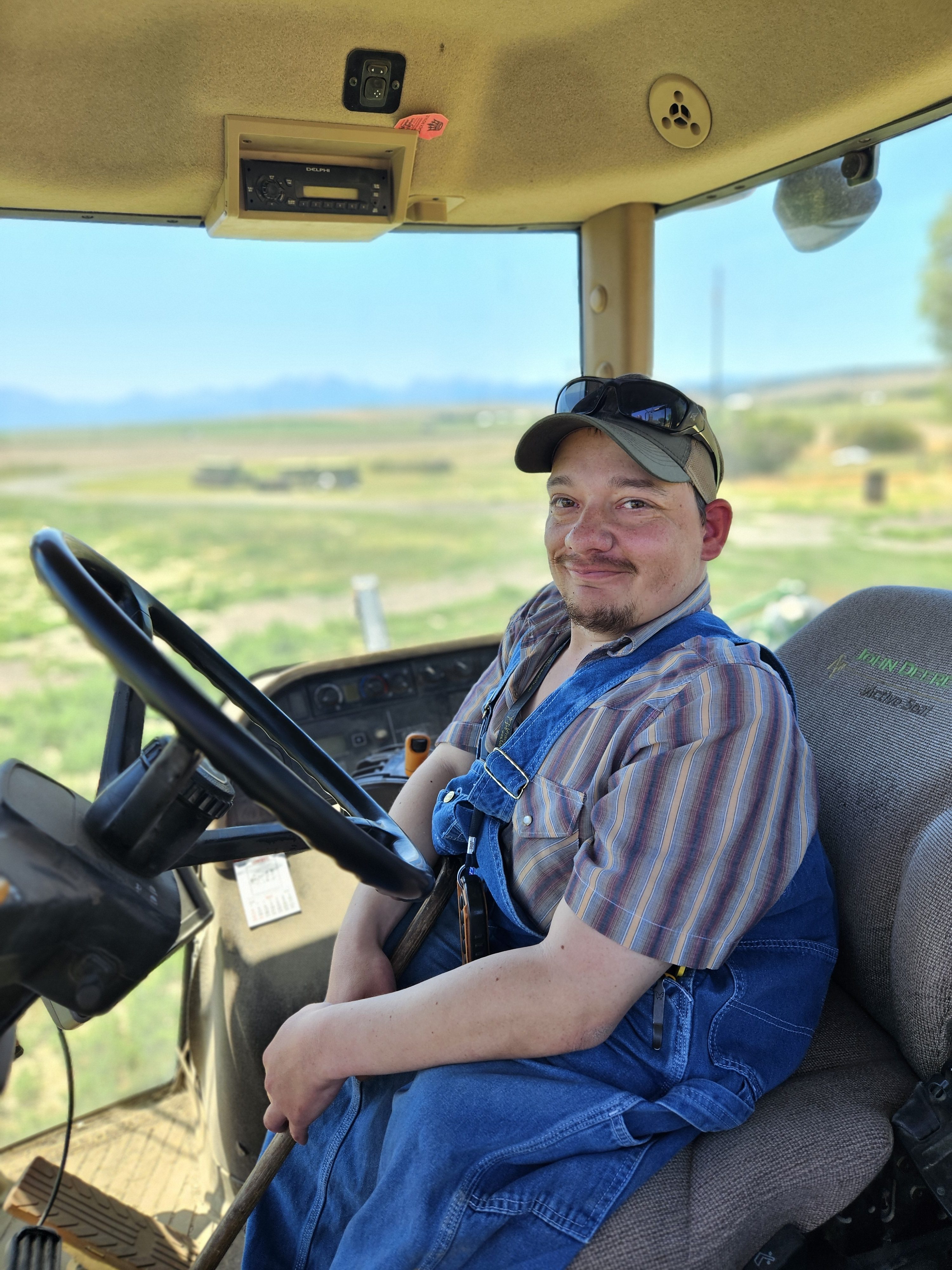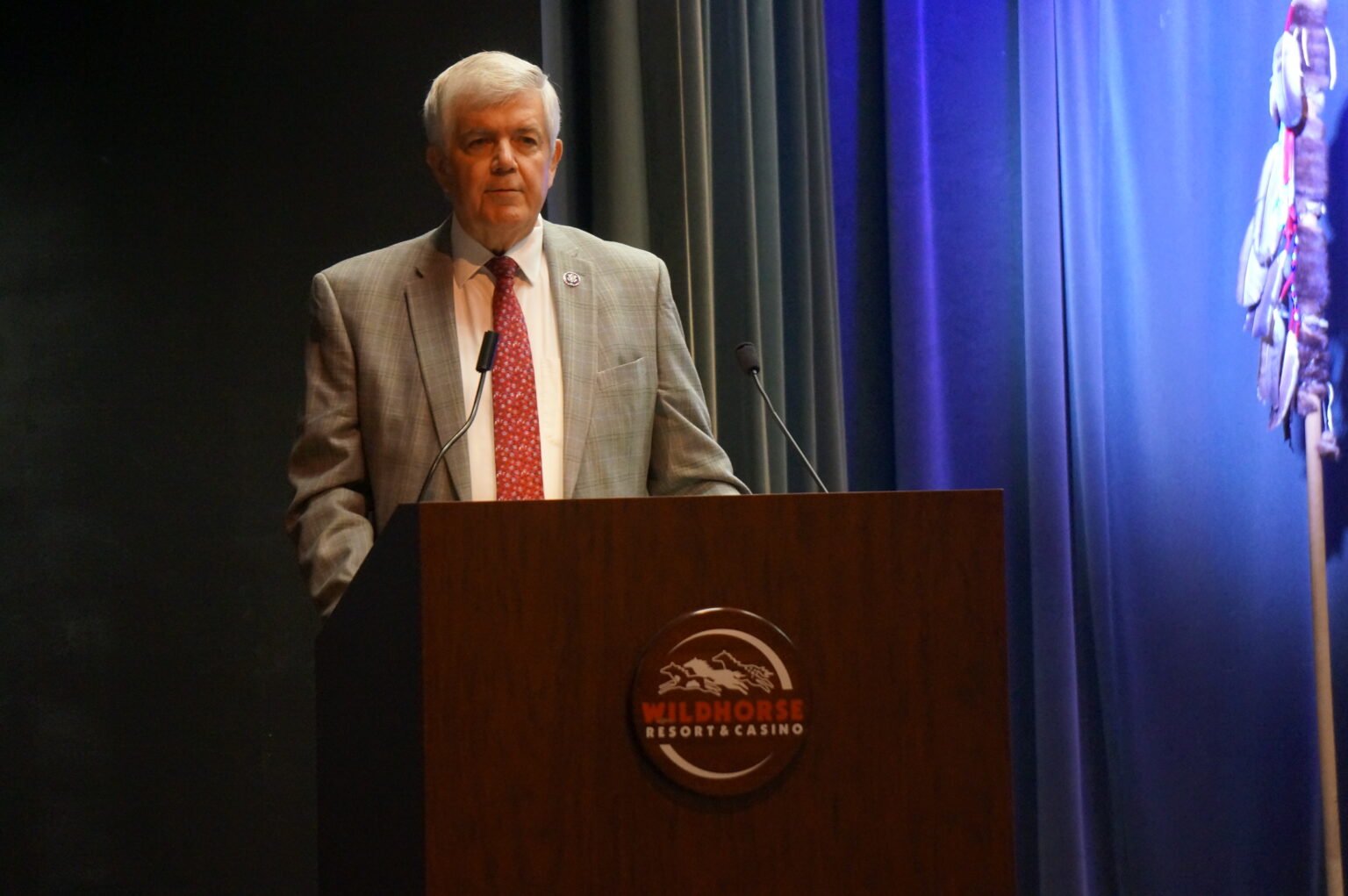Baker County Sheriff: Volunteers, others ‘running ragged’ dealing with fires, evacuation notifications
Published 8:16 am Friday, July 26, 2024

- pio_11x17_port_20240726_0636_Durkee_ORVAD240141_726.jpg
Baker County Sheriff Travis Ash had to interrupt the interview to ask a question of his own.
Trending
“What day is it? Thursday?”
In fact it was Friday morning, July 26.
But Ash’s confusion was well-earned.
Trending
He had spent the previous night, extending into the first few hours of Friday, doing what so many other people have been doing in Baker County over the past two weeks.
He was fighting a fire.
The Coyote Fire, specifically, which was started by lightning July 22 near the Snake River, at the county’s eastern border.
Ash was part of a group, consisting of several engines and about 15 people, mostly volunteers from multiple local fire districts, that blocked the fire from burning west across the Daly Creek Road.
That’s across the Powder River Arm of Brownlee Reservoir from Richland.
“We were able to hold it with what we had,” Ash said. “If the volunteers weren’t in place, that thing would have been clear over in (areas to the west).”
Ash said he helped operate a fire engine with Jason Yencopal, the county’s emergency management director.
Ash said Dave Kingsbury, chief of the Eagle Valley Fire District in Richland, was overseeing the fight to stop the Coyote Fire.
Kingsbury said he became concerned Thursday evening that the fire would cross Daly Creek Road, the last major line that fire crews could use as an anchor to prevent flames from potentially spreading west into the Powder River Canyon, where he said it could cross Highway 86 to the north.
Kingsbury said he talked with a crew from a BLM task force at the bottom of Daly Creek Road, but when he returned from a patrol later Thursday evening that engine had been reassigned.
“I thought, ‘this isn’t good,’ ”Kingsbury said. “There isn’t anyone watching this, and I don’t want it to cross that road.”
He said he started working on a plan, but he knew he needed more than the three engines from the Eagle Valley Fire District.
Several other volunteer agencies, including Halfway, Keating and Baker Rural, and rangeland fire protection associations, sent engines, along with the county engine that Ash and Yencopal staffed.
Two private contract engines also arrived, Kingsbury said.
Crews set up two water tenders at the bottom of the road and shuttled fire engines from the fire line to the tenders to refill as needed, he said.
The team doused the fire and kept it from crossing the Daly Creek Road.
“I was really pleased with how everybody worked together,” Kingsbury said.
The fire was doused by about 2 a.m. Friday, he said.
‘Running ragged’
Ash’s stint as a firefighter followed a tumultuous week that included 16- to 20-hour work days as the sheriff oversaw the effort to warn residents in some of the most remote parts of the county about the escalating danger from the Durkee Fire and other blazes.
“We’re going night and day,” Ash said. “We’re running ragged. Everybody’s getting tired. I worry about people getting hurt just because they’re tired.”
The sheriff downplayed his role, saying he’s only “one small part” of a large campaign.
“It’s all hands on deck,” Ash said.
He credited the work of dozens of volunteers from the county’s more than 10 agencies, including rural fire districts and rangeland fire protection associations, with protecting homes and other property from fast-moving fires fueled by grass and sage dried by an unprecedented heat wave and by nearly constant winds.
“That’s the backbone of the county, those volunteers,” Ash said.
Some have had maybe an hour’s sleep out of 24, he said.
Chris Zoller, planning operations official with the team overseeing work on the Badlands Complex, which includes the Coyote Fire, echoed Ash’s thoughts about the role of the rangeland fire protection associations.
In a briefing about the fires on Friday morning, Zoller said the volunteers’ work has been “phenomenal.”
He cited in particular their work to douse two spot fires Thursday night on the east side of the Thompson Fire, the largest blaze in the Badlands Complex, burning northeast of Durkee.
“If it wasn’t for the local RFPAs we would be that far on that fire,” Zoller said.
He also cited the work on the Coyote Fire that Ash was involved in.
Zoller said aircraft dropped water on the Coyote and Thompson fires on Thursday.
One challenge on the Thompson Fire is that as it burns east it has moved from mostly grass and sagebrush to areas with juniper and Douglas-fir forest, which hold heat longer, Zoller said.
A 20-person Hotshot crew is working in that area, with help from a helicopter dropping water, he said.
Firefighters, including volunteers, are also continuing to protect structures along Sisley Creek, north of Weatherby.
Durkee Fire
Ryan Sullivan, operations chief for the management team, said in an update Friday morning that most of the fire growth on Thursday was at the northwest side, in the Clarks Creek and Bridgeport area, where little or no rain fell during the Wednesday storm that doused other parts of the fire with up to half an inch of rain.
Firefighters will focus on the northwest corner Friday, trying to prevent the fire from expanding to the north, Sullivan said.
Dark Canyon, which is north of the Burnt River, is an area of concern because there is timber in the area rather than the mainly grass, sagebrush and widely scattered juniper over much of the rest of the fire, according to an update from the management team Friday morning.
Control lines on the northern part of the fire, north of the Burnt River, have been holding, Sullivan said.
That’s also the case at the southeast corner, south of Lockett Road, Sullivan said. He said that area could be deemed contained later Friday, increasing the overall containment level from the current 20%.
On the east side, where winds from Wednesday’s thunderstorm pushed the fire to the freeway and in one area across it, Sullivan said fire crews will use the freeway as the primary control line.
Evacuation notifications
In the days after lightning sparked the Durkee Fire the morning of July 17, Ash said he, along with deputies, other sheriff’s office employees and the volunteer search and rescue members, have traveled hundreds of miles of gravel and dirt roads to alert residents whose homes were in the potential path of the fire.
The task escalated after another lightning storm, on July 22, ignited many other fires between Interstate 84 and Highway 86, including the Coyote Fire.
That’s part of the Badlands Complex fires, which have burned about 51,000 acres.
The Durkee Fire, at 288,000 acres, is the biggest blaze in the nation, and the largest in the Baker County history, surpassing the 104,000-acre Cornet-Windy Ridge Fire of August 2015.
(The Durkee Fire has also burned tens of thousands of acres in adjacent Malheur County.)
Ash said he has applied his experience from the 2015 blaze to the current conflagrations.
Notably, he said he has deployed search and rescue member to go door-to-door, along with himself and deputies, to notify residents about the evacuation levels that have changed many times over the past 10 days.
Except door-to-door doesn’t really capture that immensity of the task.
Reaching each of the properties requires hundreds of miles of driving.
Ash said the deputies and volunteers collect basic information during their visits, most importantly phone numbers. Then, when an evacuation level changes, the sheriff’s office can reach the affected residents immediately.
Ash said the sheriff’s office has much better computer mapping capability than it did during the Cornet-Windy Ridge Fire.
“Technology helps,” he said.
Information about local fires is being shared with staff or posted on information boards at the following locations in Baker City:
Albertson’s
Baker County Tourism/Chamber of Commerce
Bi-Mart
Safeway
Dollar Tree
Baker County Library
Baker City Post Office
Love’s Truck Stop
Truck Corral
Oregon Trail Livestock Supply
D&B Supply









